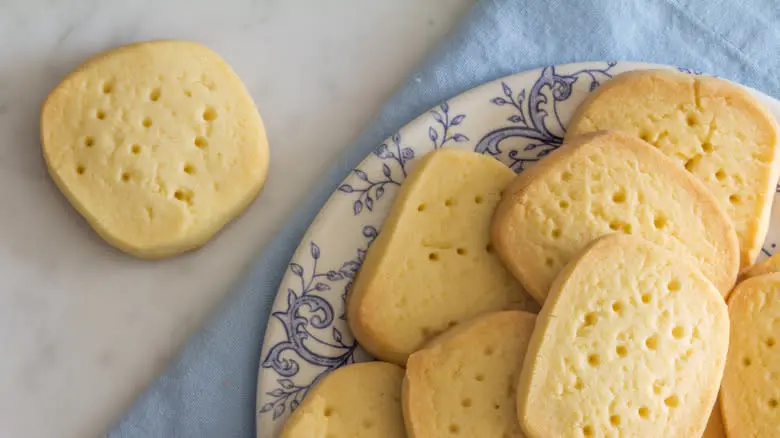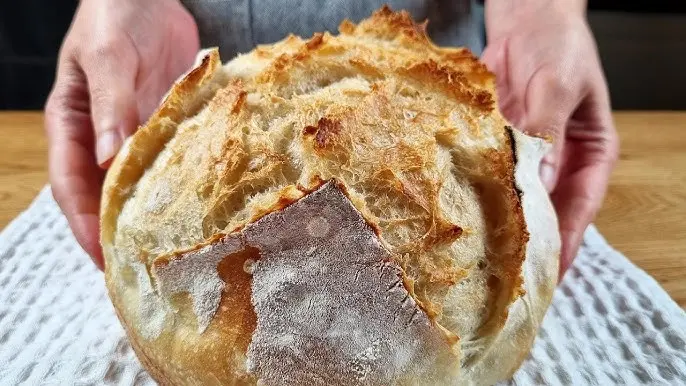The science behind pasta water and how to incorporate it into your recipe
While a bread recipe may appear straightforward at first glance, the underlying science involved is quite intricate. So, what is required to create a perfectly risen loaf? Most recipes begin with warm water, yeast, and sugar. Essentially, sugar nourishes the yeast, enabling it to generate carbon dioxide, which causes the bread to rise. Starch, which is essentially a chain of glucose molecules (or sugar), expands and gelatinizes when mixed with hot water. In baking, this gelatinized starch strengthens gluten and retains moisture, helping the bread maintain its rise throughout the baking process.
However, since many people don’t adhere to a specific recipe when preparing pasta, the amount of starch in the water can vary. Here are a few tips to effectively incorporate it into your bread recipe. Aim to use the same quantity of pasta water as you would regular water. If you're making a denser bread, such as whole wheat, using more pasta and less water will yield a starchier mixture. Conversely, for lighter breads like ciabatta, more water and fewer noodles are preferable. Since it’s impossible to determine the exact starch content, it’s crucial to taste the water before adding it to your dough. If it tastes too salty, dilute it with fresh water and omit any extra salt from your recipe. If you plan to bake later, you can save any leftover pasta water by freezing it in ice cube trays, which will be useful for your next baking endeavor.
Recommended

How To Cut A Loaf Of Bread Into Nice, Even Slices

For Easy To Work With Shortbread Dough, Follow Ina Garten's Fool-Proof Tip

Paul Hollywood's Temperature Trick For Perfect Pastry

The Toppings You Should Avoid When Making Homemade Focaccia
Next up

